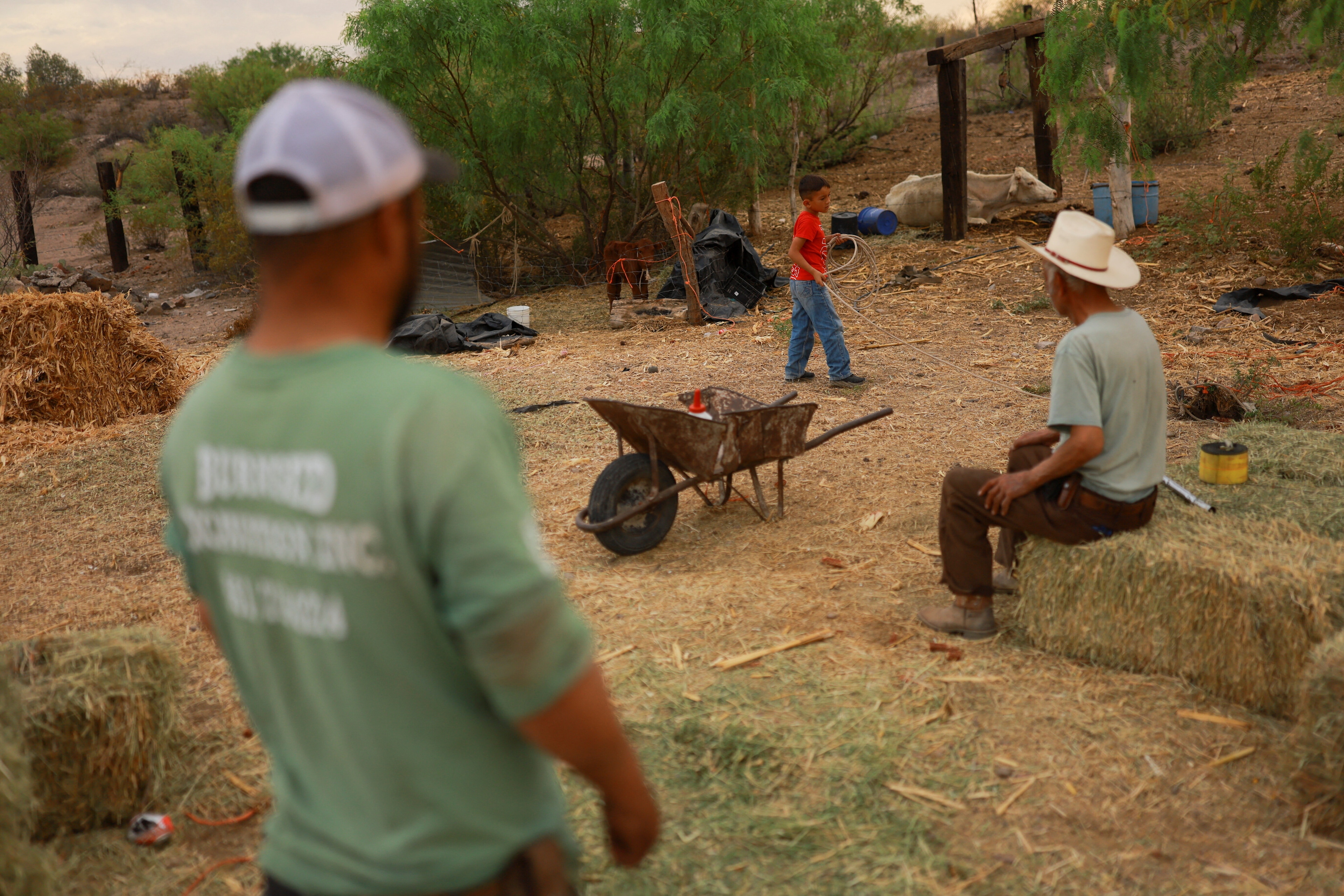Thousands of years ago, the loss of large mammals led to wildfires. This is what it might mean today

“This work really highlights how important grazers may be for shaping fire activity,” - Carla Staver
Image: UNSPLASH/April Pethybridge
Stay up to date:
Climate Indicators
- From 50,000 to 6,000 years ago, many large grazing mammals went extinct.
- This caused wildfires to increase due to a buildup of dry grass, leaves and wood which was once eaten by these herbivores.
- This knowledge can be used to understand how herbivores shape global ecology today.
- For example, researchers say that the role of grazing livestock and wild grazers in fire mitigation and climate change should be considered by scientists.
The extinction of iconic grazing mammals like woolly mammoth, giant bison, and ancient horses triggered a dramatic increase in fire activity in the world’s grasslands, according to a new study.
From 50,000 years to 6,000 years ago, many of the world’s largest animals went extinct. For the new study, researchers compiled lists of extinct large mammals and their approximate dates of extinctions across four continents.
The data showed that South America lost the most grazers (83% of all species), followed by North America (68%). These losses were significantly higher than in Australia (44%) and Africa (22%).
The researchers then compared these findings with records of fire activity as revealed in lake sediments. Using charcoal records from 410 global sites, which provided a historical record of regional fire activity across continents, they found that fire activity increased after the megagrazer extinctions.
Continents that lost more grazers (South America, then North America) saw larger increases in fire extent, whereas continents that saw lower rates of extinction (Australia and Africa) saw little change in grassland fire activity.
“These extinctions led to a cascade of consequences,” says corresponding author Allison Karp, a postdoctoral associate in the ecology and evolutionary biology department at Yale University. “Studying these effects helps us understand how herbivores shape global ecology today.”
Widespread megaherbivore extinctions had major impacts on ecosystems—ranging from predator collapse to loss of fruit-bearing trees that once depended on herbivores for dispersal.
But Karp and senior author Carla Staver, associate professor of ecology and evolutionary biology, wondered if there was also an increase in fire activity in the world’s ecosystems, specifically due to a buildup of dry grass, leaves, or wood caused by the loss of giant herbivores. They found that, in grasslands, grass-fueled fires increased.
Karp and Staver note that many ancient browser species—such as mastodons, diprotodons, and giant sloths, which foraged on shrubs and trees in wooded areas—also went extinct during the same period but that their losses had less impact on fires in wooded areas.
Grassland ecosystems across the world were transformed after the loss of grazing-tolerant grasses due to the disappearance of herbivores and the increase in fires. New grazers, including livestock, eventually adapted to the new ecosystems.
That’s why scientists should consider the role of grazing livestock and wild grazers in fire mitigation and climate change, the researchers say.
What’s the World Economic Forum doing about climate change?
“This work really highlights how important grazers may be for shaping fire activity,” Staver says. “We need to pay close attention to these interactions if we want to accurately predict the future of fires.”
Additional coauthors are from the Utah Natural History Museum.
Accept our marketing cookies to access this content.
These cookies are currently disabled in your browser.
Don't miss any update on this topic
Create a free account and access your personalized content collection with our latest publications and analyses.
License and Republishing
World Economic Forum articles may be republished in accordance with the Creative Commons Attribution-NonCommercial-NoDerivatives 4.0 International Public License, and in accordance with our Terms of Use.
The views expressed in this article are those of the author alone and not the World Economic Forum.
Related topics:
Forum Stories newsletter
Bringing you weekly curated insights and analysis on the global issues that matter.
More on Climate ActionSee all
Jose Ignacio Galindo and Nicolas Wertheimer
July 24, 2025
David Elliott
July 22, 2025
Stephanie Dunn and Firuze Alpaydin
July 22, 2025
Muhammad Hassan Dajana and James Balzer
July 22, 2025



